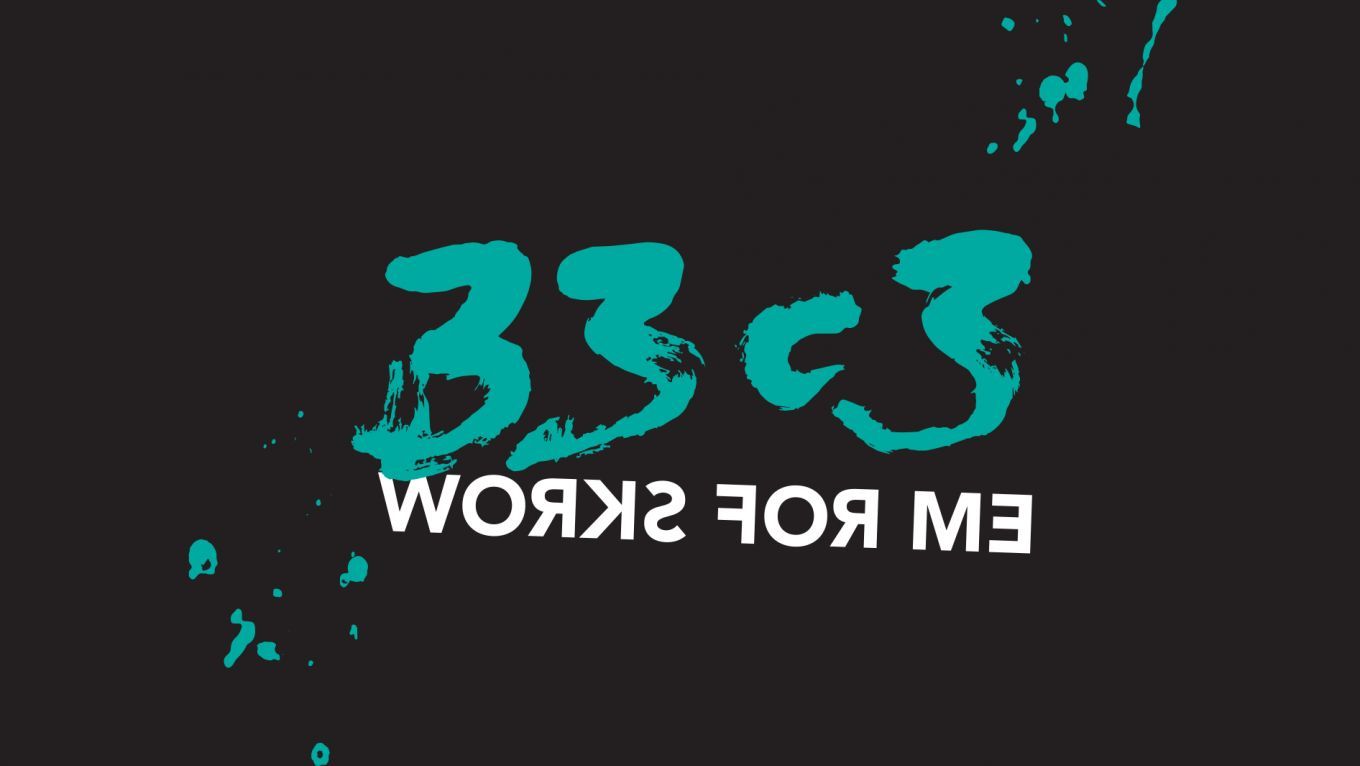Science
Space making/space shaping
How mapping creates space, shapes cities and our view of the world.
What are the politics and aesthetics of mapping? An introduction how cartography shapes cities and landscapes, creates borders and determines the perception of our environment. How an evolving mix of high-resolution satellite imagery, algorithm-based mappings and the huge amount of data of digitized cities will enhance these effects? And in contrast, how can maps be designed, that question the “objectivity” and “correctness” of conventional cartography?
While digital communication gets ubiquitous, maps play an important role in the formation and mediation of physical space.
A view back to earlier stages of development from the Da Vinci maps in the 15th century, the world-exploring and world-conquering by cartographic techniques in the area of colonialism in the late 19th, the emergence of photorealistic mapping (aerial and satellite photography) in the 20th century will provide some ideas of the power of maps and its impacts on society.
With the Aspen Movie Map and its widespread successor Google Street View there is a decisive change of perspective going on (from bird‘s eye view to street level) that will lead to new, more intense forms of immersion by the use of maps.
Maps shapeshift into navigational screens, we are using digital maps while our devices map our movements in the same time. With a view ahead, I‘ll try to find out which mapping algorithms are developed, which kind of images latest satellites with high-resolution 3D capabilities will create and what maps the researchers of Silicon Valley and the automotive industry want to fabricate – and thus new aesthetics and politics of mappings.
In contrast to this I will follow the question how other views can be created by antagonistic maps, that question the brutal “objectivity” and shiny “correctness” of computer-generated maps and that tell different stories from the perspective of the inhabitants living in those mapped cities and landscapes.
Additional information
| Type | lecture |
|---|---|
| Language | German |
More sessions
| 12/27/16 |
Artificial intelligence and machine learning are in a period of astounding growth. However, there are concerns that these technologies may be used, either with or without intention, to perpetuate the prejudice and unfairness that unfortunately characterizes many human institutions. We show for the first time that human-like semantic biases result from the application of standard machine learning to ordinary language—the same sort of language humans are exposed to every day. We replicate a ...
|
| 12/27/16 |
Legend has it that most airline pilots will at one time have uttered the sentence "What's it Doing now?", whenever the autopilot or one of its related systems did something unexpected. I will be exploring some high-profile accidents in which wrong expectations of automation behaviour contributed to the outcome.
|
| 12/28/16 |
Jeder weiß ungefähr was ein Mikroskop ist und vielleicht hat man auch mal davon gehört das da immernoch dran geforscht wird – Stichwort Hochauflösungsmikroskopie (Nobelpreis 2014 in Chemie). Es gibt deutlich mehr Mikroskope in der professionellen Forschung als es Teleskope gibt, deutlich mehr – und da könnte man sich jetzt fragen: "Warum sehe ich so viele Bilder von Sterne, aber kaum Mikroskopiebilder von öffentlichen Einrichtungen und Stellen?". Um diese Frage zu beantworten will ich ...
|
| 12/28/16 |
Physicists are not computer scientists. But at CERN and worldwide, they need to analyze petabytes of data, efficiently. Since more than 20 years now, ROOT helps them with interactive development of analysis algorithms (in the context of the experiments' multi-gigabyte software libraries), serialization of virtually any C++ object, fast statistical and general math tools, and high quality graphics for publications. I.e. ROOT helps physicists transform data into knowledge. The presentation will ...
|
| 12/28/16 |
The Anthropocene is widely understood to mean the current <em>"period of Earth's history during which humans have a decisive influence on the state, dynamics and future"</em> of this planet. For several years, scientists in the <a href="http://quaternary.stratigraphy.org/workinggroups/anthropocene/" title="Website of the Working Group on the 'Anthropocene' (AWG)">Working Group on the 'Anthropocene' (AWG)</a> have <a ...
|
| 12/28/16 |
Applied IT security is largely a science-free field. The IT-Security industry is selling a range of products with often very questionable and sometimes outright ridiculous claims. Yet it's widely accepted practice among users and companies that protection with security appliances, antivirus products and firewalls is a necessity. There are no rigorous scientific studies that try to evaluate the effectiveness of most security products or strategies. Evidence-based IT security could provide a way ...
|
| 12/29/16 |
Used in cell phone technology, bluetooth devices, and WiFi, Frequency Hopping Spread Spectrum (FHSS) is often said to have been invented in the early 1940s by none other than Hollywood actress and sex symbol Hedy Lamarr. This talk will present the undeniably entertaining history of a well-known actress moonlighting as a military inventor as well as give an overview of the 100-year-old history of frequency hopping and its past and present uses.
|

